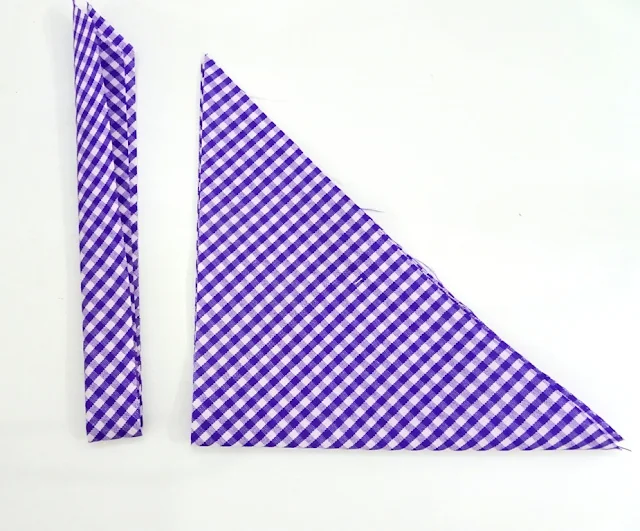 |
| Voyage Passport Wallet |
Hello,
As promised in my previous post, finally the video tutorial for the small passport wallet is up on my YouTube channel now. And as I edited the original pattern to add the link, I also gave a name to the pattern. Well, I am really not good at giving names but then, as I make more patterns, I suppose it's inevitable for me to give a certain name. This time, I go with the simple name Voyage Passport Wallet. I plan to update the original pattern with better photos when I get the time, so please bear with me.
In the video, I cut the pattern pieces slightly bigger than the original one, because I want to use it for Journal Cover like in my previous post
For the zipper version, all the basics remain the same as the original pattern. If you want to make it with zipper closure, here are the additional materials to cut/change:
✓ Cut 2 - Medium or All-purpose interfacing for main exterior and lining
✓ Cut 1 - Fleece Batting - the same size as the main exterior
✓ #5 Zipper – 24” Long (based on the continuous zipper that is cut to size)
✓ Bias binding (follow THIS TUTORIAL)
Without further ado, here's the video :
 |
| Zip Around Passport Wallet |
Another question is, can I use cross-cut binding instead? Yes, you definitely can. I made a couple of passport wallets with zippers using cross-cut binding. It will be like the usual wallet binding, like in THIS tutorial. When you want to use cross-cut binding for a zipper wallet, do not CURVE the corners. I will make the video next time when I am working on a wallet binding.
Here is a few Ohana Passport Wallet I did for a custom order.
 |
| Mitered Corner binding |
 |
| Cartoon Print Passport Wallet |
I hope the video and a few tips above help your journey in the wallet making. Please let me know if you have any questions.
Thank you so much for reading my blog.
Happy Sewing,
Elvira
*****
Linking up to these wonderful BLOGS
_______________________________






















